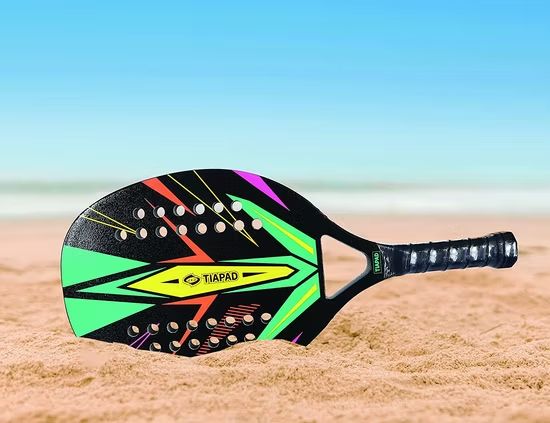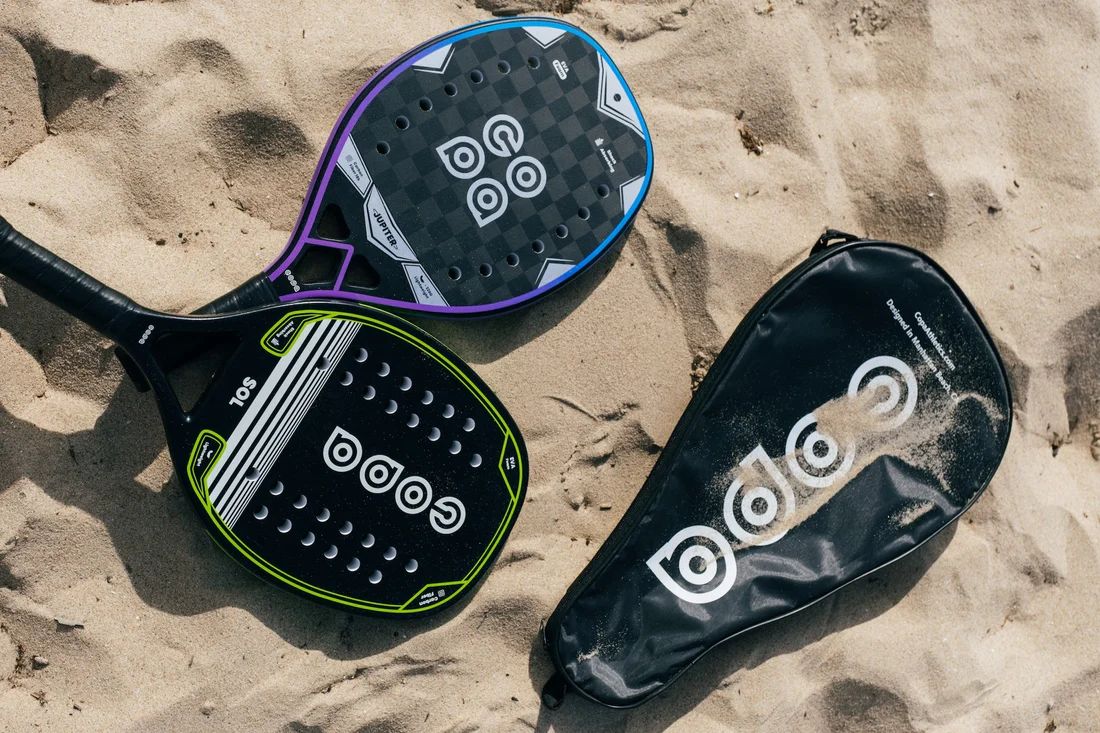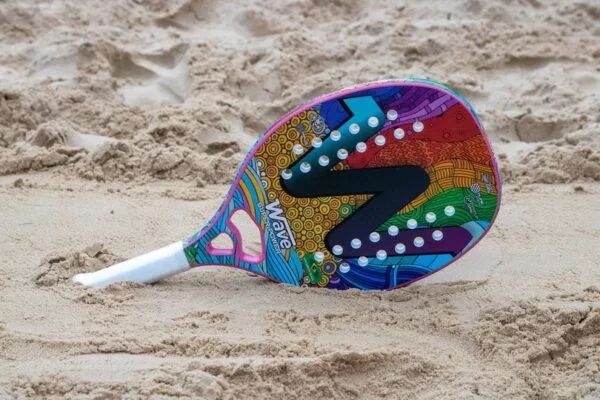Understand the key differences in materials to find the paddle that best suits your style and level.
Here are some basic details but lets us know if you need help understanding your game.

The most common and affordable option, perfect for beginners and intermediate players. Fiberglass racquets are flexible, providing excellent comfort and a larger sweet spot, which makes it easier to get the ball over the net with good power.

Favored by intermediate to advanced players. Carbon fiber makes racquets lighter, stiffer, and more powerful. This provides greater control, precision, and velocity on your shots, but with a smaller sweet spot and less forgiveness on off-center hits.

The premium choice for serious competitors. Blending Kevlar with carbon fiber adds vibration dampening, improving comfort and reducing the risk of tennis elbow. These racquets offer the best combination of power, control, and feel.

The premium choice for serious competitors. Blending Kevlar with carbon fiber adds vibration dampening, improving comfort and reducing the risk of tennis elbow. These racquets offer the best combination of power, control, and feel.
A quick look at how the materials stack up.
| Material | Power | Control | Comfort | Durability | Price |
|---|---|---|---|---|---|
| Fiberglass | Medium-High | Medium | High | Good | $-$$ |
| Carbon Fiber | High | High | Medium | Excellent | $$-$$$ |
| Kevlar & Carbon | Very High | Very High | Excellent | Superior | $$$-$$$$ |
While our shop is being set up, here are some of our recommended beach tennis gear available to be purchase by contacting 0433 590 500 or via email.
Materials = what the racquet is made of (fiberglass, carbon, kevlar, EVA core).
Types= the category or playing style the racquet is designed for (beginner, intermediate, pro, control, power, balanced).
Not sure which racquet is right for you? Contact us today and we'll help you find the perfect fit for your style and level of play — whether you're looking for more power, control, or a balanced option.